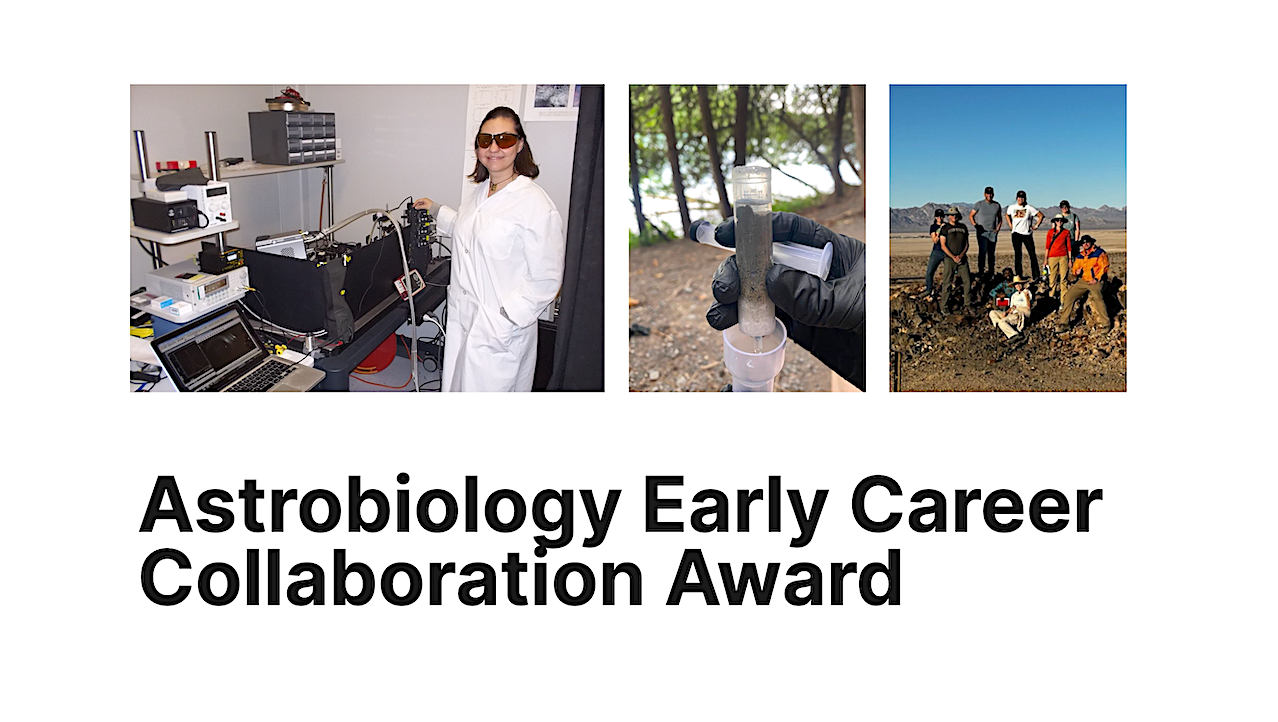NASA Astrobiology Program Early Career Collaboration Award

The Astrobiology Early Career Collaboration Award (ECCA) offers up to $5,000 in research-related travel support for undergraduate, graduate students, postdocs, and early career scientists.
Applicants are encouraged to use this award to circulate among two or more laboratories supported by the NASA Astrobiology Program, including Research Coordination Networks (RCNs), Interdisciplinary Consortia for Astrobiology Research (ICAR), Solar System Science, or other relevant proposals or topics, but any travel that is critical for the applicant’s research will be considered.
Eligible applicants must be formally affiliated with a U.S. institution.
Deadline: October 15, 2025
Award Amount: $5,000 maximum
APPLY: https://science.nasa.gov/astrobiology/researchers/early-career/ecc/








